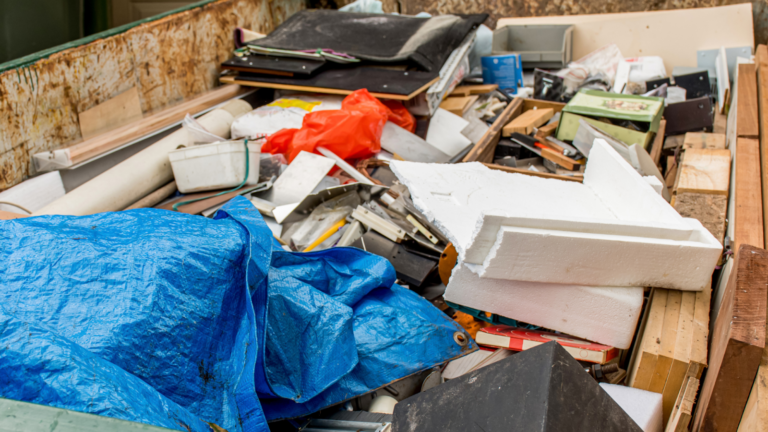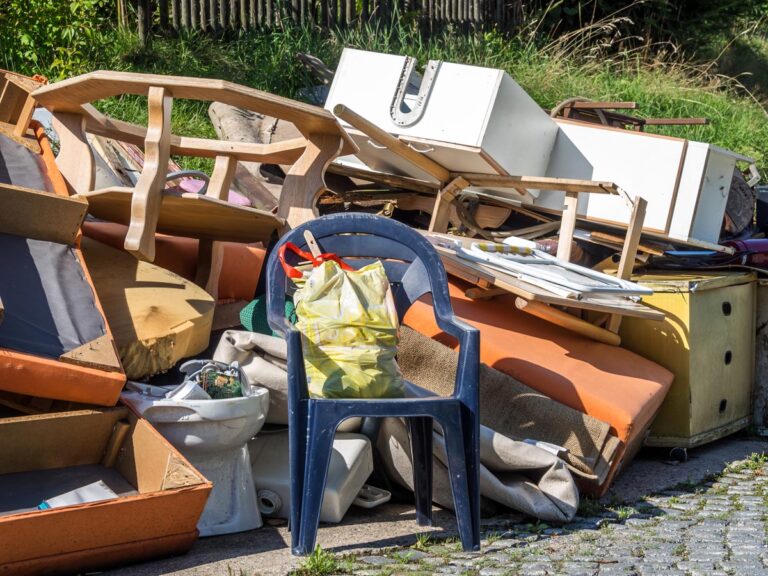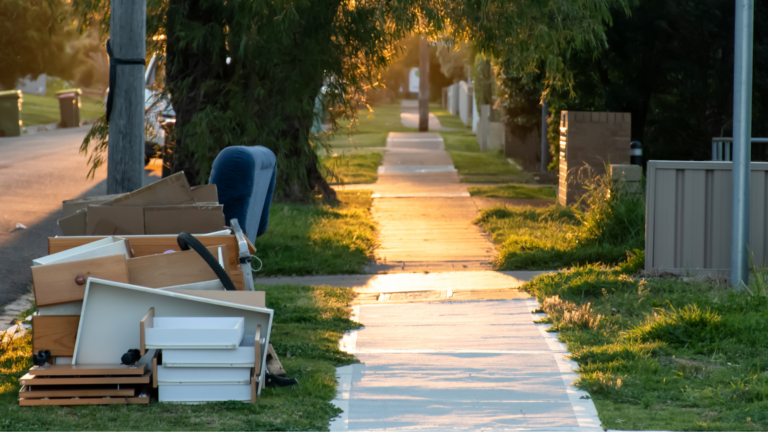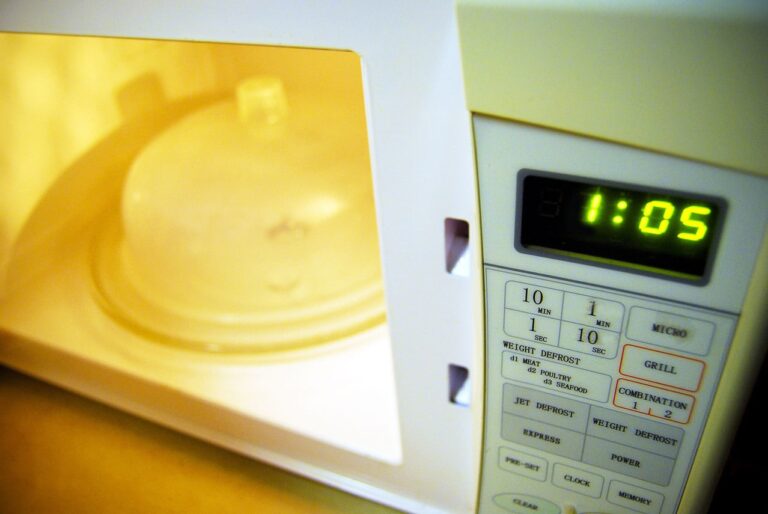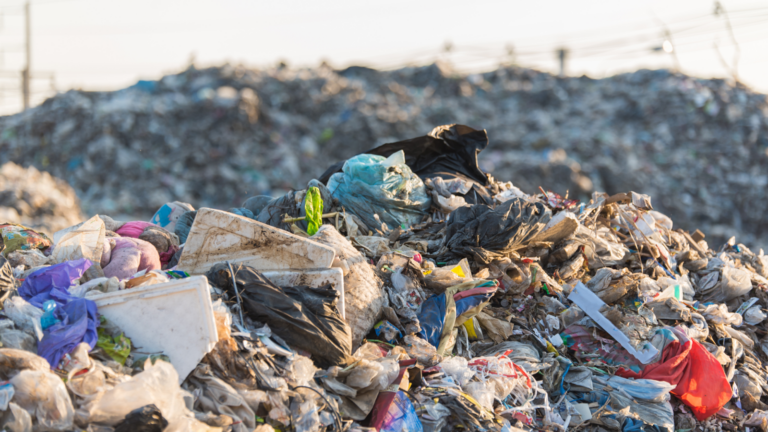A good number of what is used as packaging for fast foods is Styrofoam. They come in the form of polythene bags and container. Fortunately, most people know that Styrofoam is detrimental to their health and harmful to the environment. However, not many people have background knowledge of the reasons why they must avoid using Styrofoam in their daily life. Or, generally why Styrofoam is so bad for the environment. If you fall in that bracket, then here is what you need to know.
1) It is non-biodegradable
If you have ever observed this, you will realise that items made of polystyrene take too long to return to Earth. According to a recent study, materials made of Styrofoam do not break down when exposed to photons. Consequently, they are resistant to degradation through photolysis.
On the other hand, you will observe that these materials do not sink in water. They normally end up floating on top of water hence depriving the residents and other living organisms in and out of the water access to basic resources such as clean water and light. As a result, these items causes both land and water pollution in general.
2) Unsuitability
Manufacturing industries use petrol to make Styrofoam. Therefore, just like any other petrochemical, it comes loaded with petroleum-based chemicals that cause renal, immunological, haematological, and developmental complications. Additionally, the product comes loaded with benzene and other hazardous chemicals that pose unanimous effects even in animals. It is for this reason that a cow will automatically die upon swallowing a Styrofoam product.
3) It consumes the Ozone layer
During manufacturing of Styrofoam, plants produce 57 chemical-byproducts. Among this product is the Hydrofluorocarbons that end up directly in the air. Though less detrimental than CFC, HFC impacts greatly in consumption of the Ozone layer leading to human exposure to carcinogenic rays. Otherwise, the impacts of HFCs on global warming are serious than that of CFCs.
4) It leaches into the food
Upon exposure to heat, Styrene, the building block of Styrofoam usually leaches into the favourite drink or soup. Therefore, you will be rendered vulnerable to taking a small dose of the harmful chemical whenever you gulp down your favourite coffee or soup. Though the level may seem negligible, regular uptake of the chemical can pose unmentionable health risks such as cancer of the blood.
5) It is difficult to recycle
Styrofoam tops the list of dreaded products that are difficult to recycle. Do not get it wrong. You can indeed recycle the product only that it demands a lot of skills and equipment to do that. Secondly, due to its harmful nature, many people shy of handling Styrofoam. Thirdly, Styrofoam is lightweight and assumes different shapes. It demands a lot in terms of capital to recycle.
Due to its nature, the cost incurred during transportation, handling and processing, you may not realise anything in the end in the form of gross profit. Simply put, the input energy during recycling is costly than the final proceeds. It is for this reason that most recycling companies across Australia and the world at large do not add Styrofoam among their list of recyclables.
6) It consumes the landfill spaces
Among the treasures that are key to maintaining a sustainable and healthy environment are the landfills. They are the only safe homes for the non-biodegradable wastes. Styrofoam occupies half of these spaces. However, with the skyrocketing rate of production and the resultant rate of disposal, sustainability of landfills is greatly compromised. To worsen the whole thing, not much of what is produced is recycled due to the aforementioned factors. Meaning, different states will be looking forward to building new landfills at an additionally higher cost than the current.
Styrofoam is detrimental even when it is disposed of in the landfill. It will finally leach and make it ways into our waters, foods and drinks. Nevertheless, that does not mean that the fight against its use should cease. It all starts with the proper disposal of the existing products to minimise these effects. To wipe out the dreaded items, inculcating the use of biodegradable items such as wooden products is the only way forward.
At Paul’s Rubbish Removal, we place emphasis on recycling after removing and disposing of junk and rubbish. Our team will happily collect your styrofoam for disposal. Make a booking with us today on 0407 125 125 for quick and cheap junk removal in Sydney.


